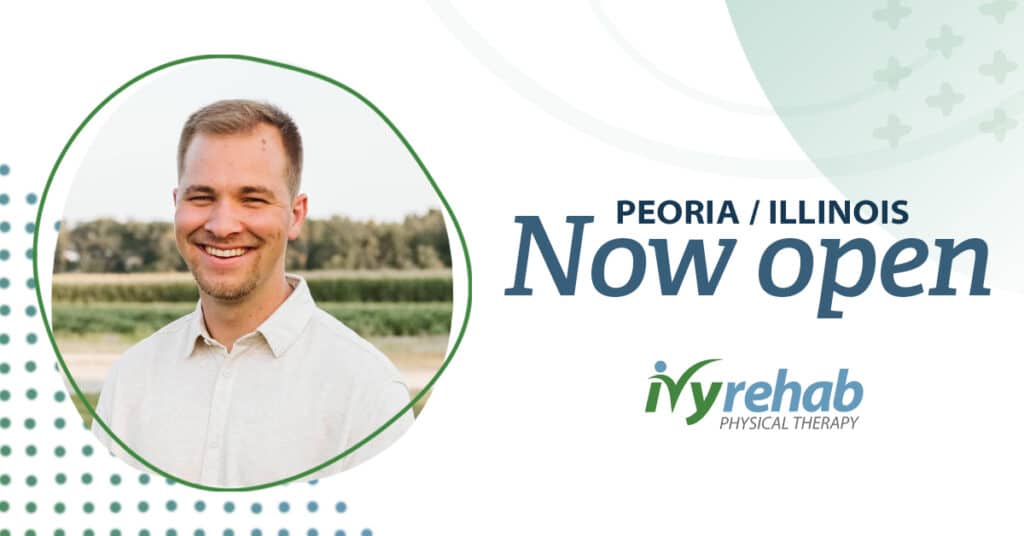Burnout isn’t just feeling tired at the end of the workday—it’s an ongoing, overwhelming exhaustion that affects your work, your well-being, and even how you interact with patients. It’s real, it’s common in healthcare, and it doesn’t just go away on its own.
So, what’s causing burnout among physical therapists, and more importantly, how do we stop it?
The Burnout Cycle: What It Is and Why It Matters
Burnout doesn’t happen overnight—it builds over time. It often starts with compassion fatigue, turns into imposter syndrome, and eventually leads to full-on burnout. The Maslach Burnout Inventory (MBI), a widely used assessment tool, defines burnout as having three key elements (Mind Garden, 2024):
- Emotional exhaustion – Feeling drained, unmotivated, or detached from work
- Depersonalization – Emotional numbness, cynicism, or disengagement from patients
- Reduced personal accomplishment – A loss of confidence, feelings of inefficacy, and frustration
Burnout affects everything. Studies show a strong correlation between burnout and an increase in medical errors, lower patient satisfaction scores, and higher staff turnover (NIH, 2022). When PTs are stretched too thin, the quality of care suffers, and patient outcomes decline (JEEHP, 2023). The financial toll is real, too—burnout-related turnover and reduced work hours contribute significantly to healthcare costs, with some estimates reaching billions annually (Exer.ai, 2024).
The good news? It’s fixable. By prioritizing clinician well-being, we can strengthen patient care, boost retention, and build a more sustainable profession.
What’s Driving Burnout in Physical Therapy?
Burnout isn’t about personal weakness—it’s a response to work conditions that push clinicians past their limits. The five biggest contributors are:
1. Workload & Productivity Standards
Physical therapists face increasing demands to see more patients while also handling documentation and billing requirements. Many PTs report that administrative work takes up as much time as patient care, leading to exhaustion (APTA, 2023).
2. Lack of Control in Patient Care
When PTs have little say in treatment plans, scheduling, or workplace policies, it creates stress. Studies show that limited autonomy is a major predictor of burnout (PubMed, 2024).
3. Lack of Recognition & Financial Strain
Many PTs carry significant student debt and feel undervalued. When hard work isn’t recognized—either through compensation or professional respect—it can lead to disillusionment (APTA, 2023).
4. Compassion Fatigue
Physical therapy is a deeply personal profession. Supporting patients through pain, setbacks, and chronic conditions takes an emotional toll—especially without the right support (NIH, 2022).
5. Imposter Syndrome
Many clinicians, especially newer ones, struggle with self-doubt despite their qualifications. Research shows that imposter syndrome is strongly linked to burnout, particularly in high-empathy, high-expectation professions like physical therapy (NIH, 2022).
Breaking the Cycle: How to Prevent and Recover from Burnout
The good news? Burnout isn’t inevitable. By recognizing the warning signs and taking proactive steps, physical therapists can build sustainable, fulfilling careers.
1. Set Realistic Expectations
- Understand that productivity measures can be a useful way to improve care if thoughtfully developed and discussed.
- Ensure you are discussing (and receiving) performance metrics from a quality care perspective (APTA).
2. Create Efficiencies in Documentation
- Time spent on documentation is one of the biggest stressors for PTs (McVeigh et al., 2018).
- Consider using templates, voice-to-text technology, and workflow optimizations to cut down documentation time.
3. Invest in Mentorship & Professional Growth
- Mentorship can help reduce burnout—a study of 2,813 U.S. physical therapists found that those involved in formal mentorship, whether as mentors or mentees, reported significantly lower burnout levels compared to those without mentorship support (PubMed, 2023).
- Seek out formal or informal mentorship to keep growing and stay engaged in the profession.
4. Engage in Self-Care & Seek Support
- Burnout thrives in isolation—so stay connected and make time for self-care. Strategies include:
- Exercise – Regular movement, like walking or yoga, reduces tension, boosts mood, and promotes relaxation (MedlinePlus, 2024).
- Taking time off – Even short vacations can lower stress, improve mental health, and increase overall life satisfaction (NIH, 2018).
- Talking about it – Talking to a professional or joining peer support groups can be helpful for managing stress and maintaining well-being.
- Reframing negative thoughts – Cognitive behavioral techniques (CBT) can help shift mindset and reduce stress.
5. Evaluate Your Work Environment
- Does your team have access to mentorship, leadership development, and mental health resources?
- The APTA provides mental health resources specifically for PTs (APTA, 2023).
- If your current workplace isn’t prioritizing clinician well-being, consider advocating for change—or finding an environment that does.
Let’s Keep the Conversation Going
Burnout isn’t a personal failing—it’s a real issue that affects clinicians across the profession. But by recognizing the signs and taking action, physical therapists can protect their well-being and build careers that last.
Want to learn more? Watch our full webinar on breaking the burnout cycle here.
Looking for a workplace that prioritizes clinician well-being? At Ivy, we believe taking care of our therapists is just as important as taking care of our patients. From mentorship and professional growth opportunities to a culture that values work-life balance, we’re committed to creating a supportive environment where you can thrive. Join our team today!
About the Author

Kara Halsey, DPT, is the Director of Clinical Education & Training at Ivy Rehab. Based in Collegeville, PA, Kara has been part of the Ivy Rehab team since 2017, bringing a strong background in both business and physical therapy. She holds a Bachelor’s in Business from Penn State and earned her Doctor of Physical Therapy (DPT) from Rutgers. Passionate about mentorship and professional development, Kara plays a key role in advancing clinical excellence across Ivy Rehab. When she’s not helping clinicians grow, she enjoys golfing and spending time at the beach with her family.





